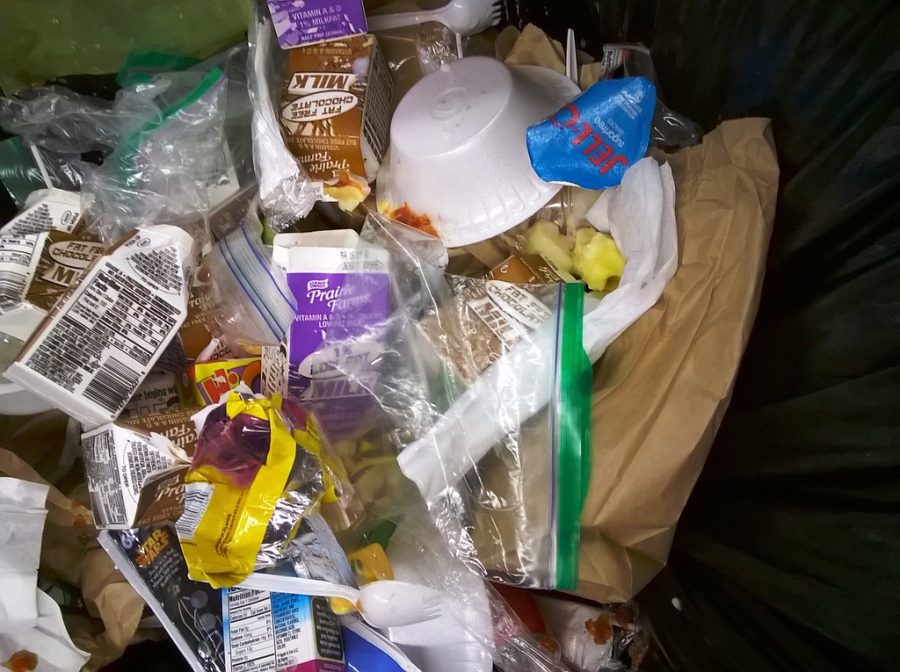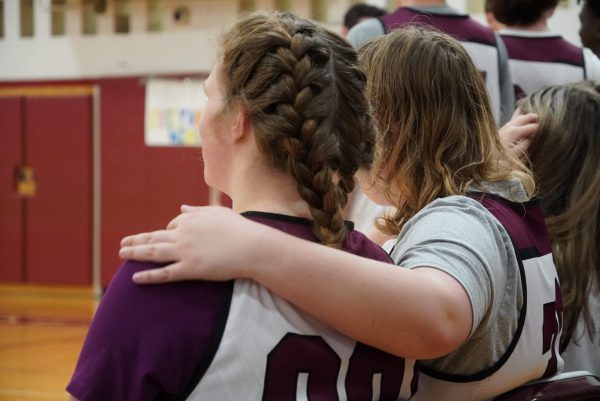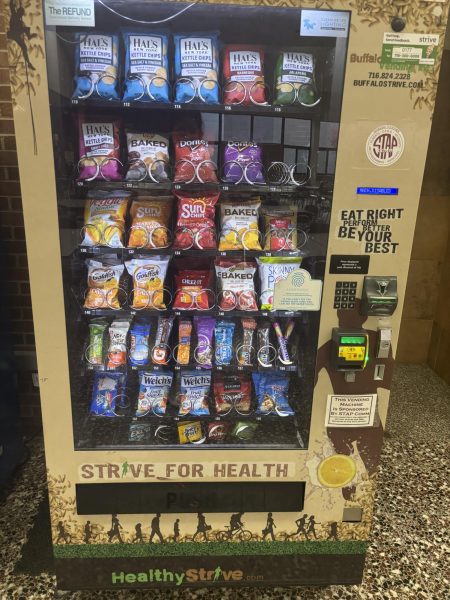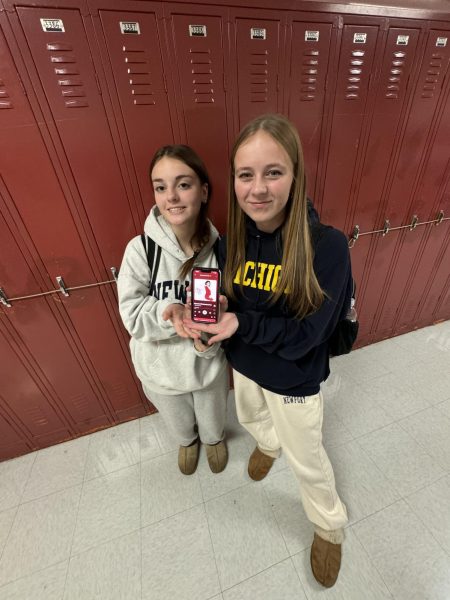Access or Excess: Dipping into School Food Policy
School food regulations have led to a serious amount of waste in the high school.
When eating lunch, whether in the commons or the cafeteria, you’re sure to see plenty of apples. Throughout the period you’ll see them being discarded into our trash bins, more so than any other food. The result of requiring multiple side dishes is that students take more food than they plan to eat. The reason for the high number of apples is simple; they’re easy to grab and easier to discard.
When students are required to take a certain number of sides to abide by federal guidelines, this results in food being thrown away.
Our school’s food service provider, Personal Touch, has written on its website that The USDA School Lunch Program requires at least 1 cup of fruit, 1 cup veggies, 2 ounces whole grains, 2 ounces meat or meat alternatives, and 1 cup of milk.
The USDA recognizes there are significant challenges to provide kids with healthy food that they will eat. A memo dated March 2nd, 2022 on the USDA website recommends that some schools use strategies for reducing food waste such as, “creative marketing/presentation of foods,” and “engaging students in Farm to School activities,” as well as self-service salad bars.
To their credit, OPHS seems to abide by the Offer versus Serve Policy, which allows students to take smaller portions of the fruits/vegetables they choose.
However you can still see the consequences of the necessary number of sides required for students.
Additionally, if you hang out in the cafeteria before school, you probably know about the trash bins filled with unopened milks. If you eat breakfast served by the school, you must take two drinks, or either milk or juice.
Is it perhaps possible to set aside unused milks and juices in the morning to make some use of them? Is it possible to have chocolate milk, which is wildly more popular in the high school, available for breakfast? Can we make it so it is only required for us to take one drink, so that the other is not needlessly wasted?
If you have any ideas on how to reduce food waste in OPHS, contact STAP COMM or your house principal with your ideas. Oftentimes the best solutions come from within a community. “Periodically, students will collect extra items and donate them to a food pantry or shelter,” shared Mr. Wolf, school principal.
If you eat in the commons, when you check out with your meal, you’ll see a basket filled with apples, along with the occasional bag of carrots and applesauce cup. This is because of Mrs. B who is present in the commons. “I wash the apples after school. I monitor after school sports, so if the kids need a snack, there are some available. I tell kids that if they take an apple to put it in the basket. I find throwing them out to be a huge waste.” We can reduce food waste in our school if we’re aware and conscious of our own actions.





